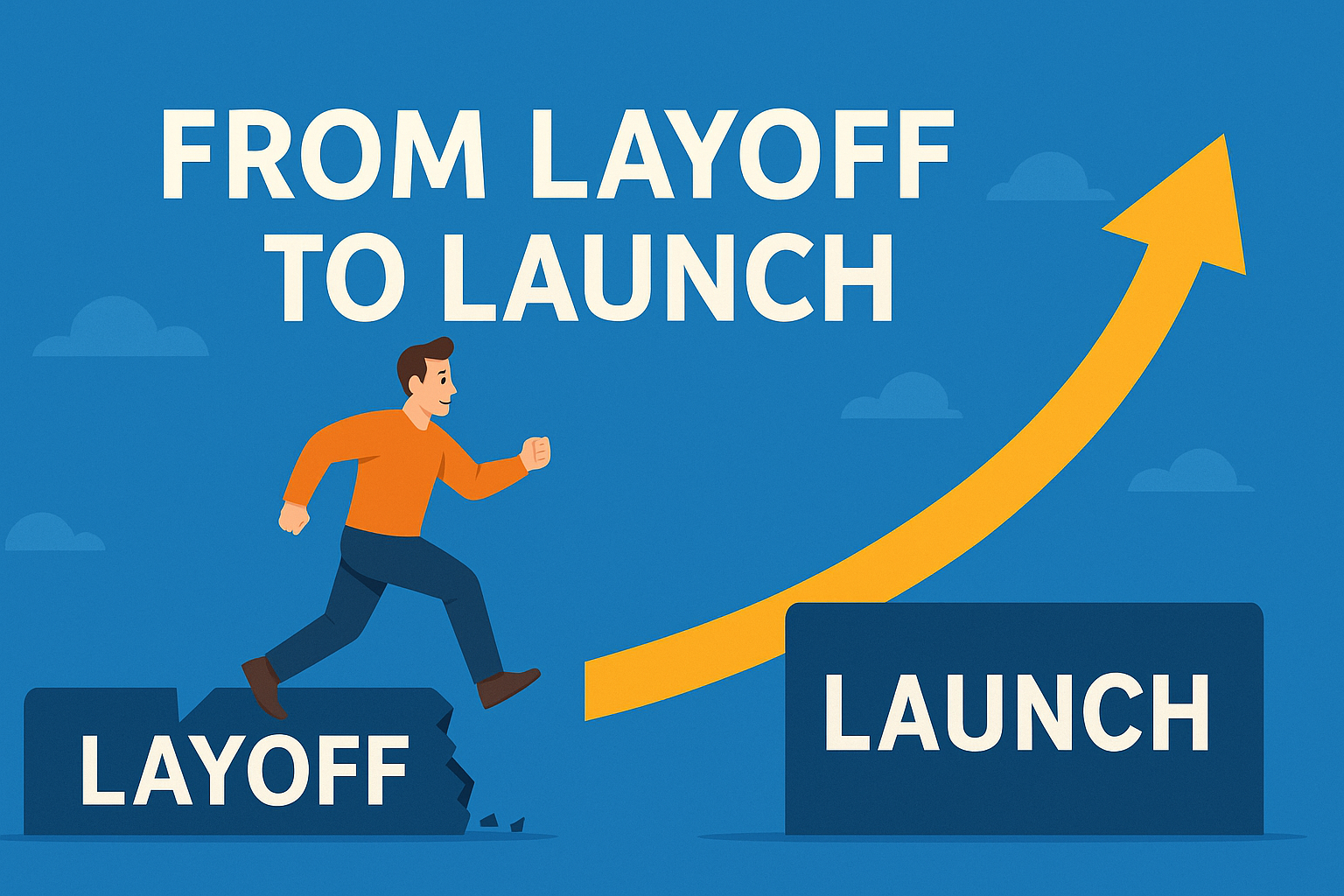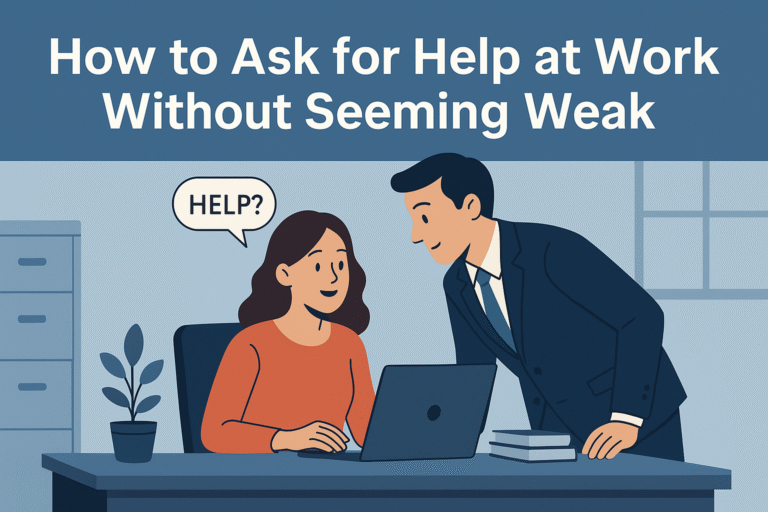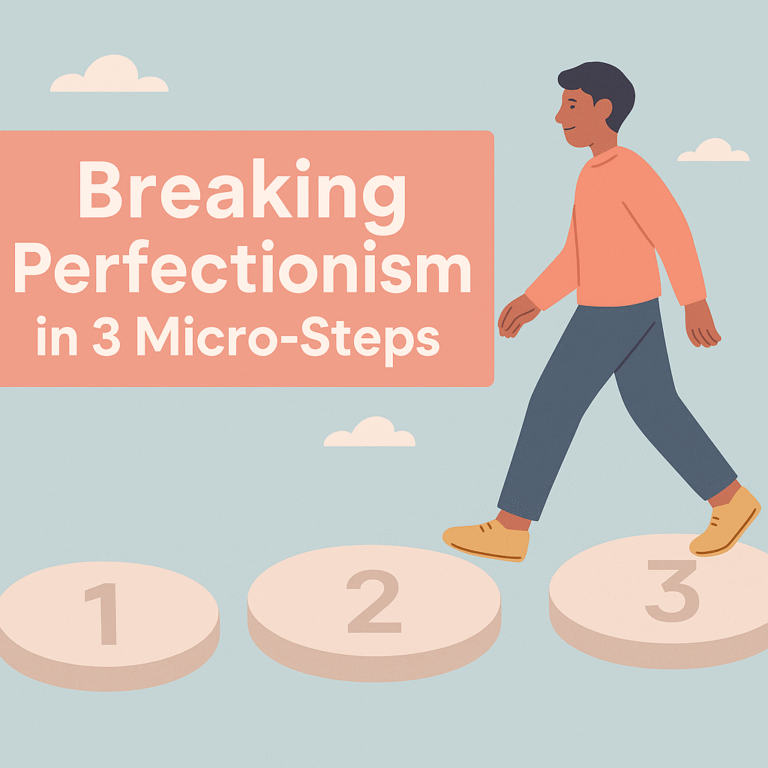Unemployed and Unstoppable: 7 Steps to Pivot After a Layoff
Hello, my friend! Thank you for choosing the Read and Reflect.
Introduction
Losing a job can feel like the ground has dropped out from under you. Bills accumulate, confidence wavers, and the world seems uncertain. But what if unemployment isn’t just an end—it’s a launchpad? With the right mindset and plan, a layoff can become your pivot point to a more fulfilling career, new skills, and fresh opportunities.
In this guide, you’ll learn:
- Why unemployment can be a blessing in disguise
- 7 clear steps to assess, prepare, and reposition yourself
- A mini‑worksheet to map your pivot plan
- FAQs to address common fears
- An action checklist to keep your momentum strong
Ready to go from laid‑off to launched? Let’s get started.
Why Unemployment Can Be Your Advantage
- Time to Reflect: You have space to assess what truly matters—passion, values, and long‑term goals.
- Skill Audit: Identify transferable skills you may have overlooked in your previous role.
- Network Recharge: You can invest in relationships before diving into the next position.
- Creative Freedom: With no “day job” on your plate, you can experiment: freelancing, side projects, or new industries.
Understanding these positives shifts your mindset from “loss” to “possibility.”
7 Steps to Pivot After a Layoff
1. Process Your Emotions First
Action: Take 1–2 days to acknowledge your feelings—angst, relief, confusion. Journal or talk with a friend.
Why: Emotional clarity prevents rushed decisions driven by fear.
2. Conduct a Skills & Interest Audit
Action: List your hard skills (e.g., coding, writing) and soft skills (e.g., communication, leadership). Next to each, note industries or roles that value them.
Why: Aligns your strengths with new career paths and uncovers hidden options.
3. Research Market Opportunities
Action: Scan job boards and industry reports. Identify 3–5 growth sectors or roles that match your skills. Note required qualifications and average salaries.
Why: Grounds your pivot in real demand and helps you set realistic goals.
4. Upskill with Purpose
Action: Choose 1–2 courses or certifications that bridge your gap—UX/UI design bootcamp, digital marketing certificate, data analytics class. Set a 4‑week timeline for completion.
Why: Targeted learning boosts confidence and makes you market‑ready faster.
5. Build a Pivot Portfolio or Project
Action: Create a small case study: a mock project or freelance gig in your new field. Showcase it on LinkedIn or your website.
Why: Concrete examples prove your capability when you lack formal experience.
6. Network Strategically
Action: Reach out to 10 professionals in your target field for 15‑minute informational chats. Use LinkedIn or alumni groups. Prepare 3 questions about their day‐to‐day and career path.
Why: Insider insights ease your transition and often lead to referrals.
7. Apply and Iterate Quickly
Action: Set a goal of 5–10 job or gig applications per week. After each batch, review outcomes: feedback, interviews, rejections. Adjust your resume, cover letter, and pitch accordingly.
Why: Rapid iteration refines your approach, increasing success rates and maintaining momentum.
Mini Worksheet
1. Emotions I felt this week:
2. Top 5 skills I bring:
3. 3 target roles/industries:
4. Upskill resources & timeline:
5. First portfolio project:
6. Networking targets (10 people):
7. Weekly application goal:
Use this worksheet each week to stay focused and track progress.
FAQs
Q: How long should I plan to be unemployed?
A: It varies widely. Use your financial runway to set a realistic pivot timeline (e.g., 1–3 months), then adjust based on progress.
Q: What if I can’t afford paid courses?
A: Many free or low‑cost resources exist: Coursera, edX, YouTube tutorials, community workshops, and open source docs.
Q: How do I explain a gap on my resume?
A: Frame it positively: “During my break, I enhanced skills in X, completed Y project, and networked with industry leaders to ensure a strong reentry.”
Q: Should I consider temporary or contract work?
A: Yes—contract roles build skills, expand your network, and often lead to full‑time offers.
Final Thought
Losing your job can feel like a setback, but it also opens the door to new possibilities. Each step you take—from processing emotions to networking—builds resilience and moves you closer to your next breakthrough. Remember, your pivot is not just survival; it’s a chance to create something better. Keep pushing forward, stay curious, and trust that your most rewarding chapter is ahead.
Discover more from ReadAndReflect
Subscribe to get the latest posts sent to your email.








